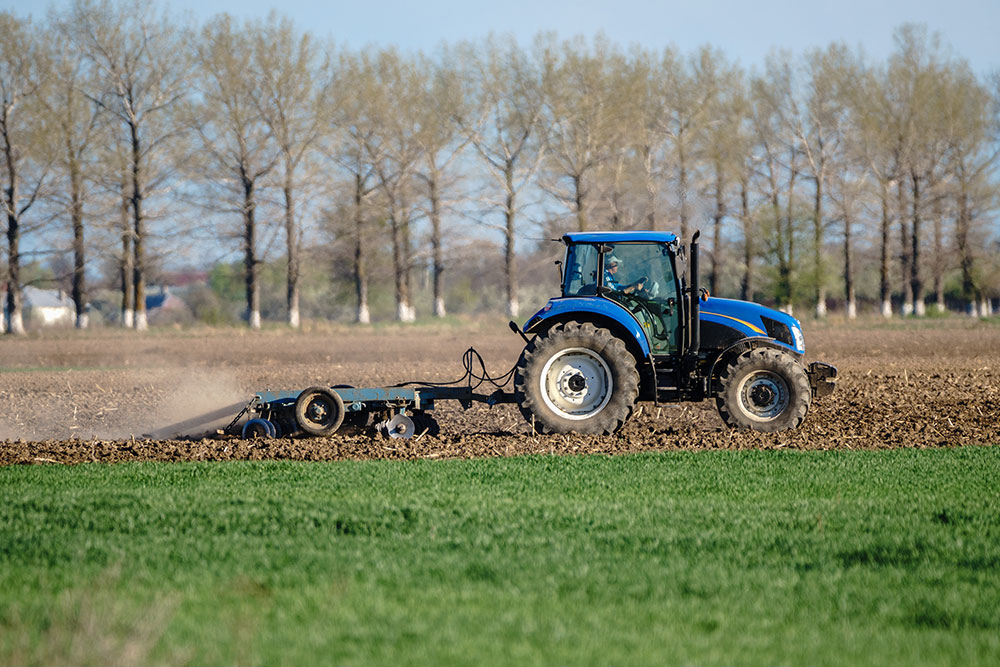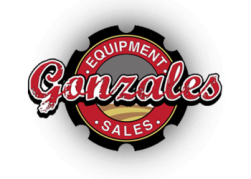Smooth vs Notched: Difference Between Disk Harrow Blades
There are two types of disk harrow blades that you can buy: smooth blades and notched blades.
If you don’t know the difference between the two disk harrow blades, this article will make it real simple for you.
Smooth Disk Harrow Blades
Smooth disk blades are cheaper to buy. They are also cheaper to maintain since they’re not as vulnerable to chipping as notched disk blades. You can have them sharpened once a year and you’re good. If you’re working on a farm or a garden with a sandy or sandy loam soil, a smooth disk blade can get the job done just as well as the notched disk blade. You’ll be able to harrow your land for lower net costs.
If you’re looking to keep some of the structure of the soil, it’s best to use smooth blades after the soil has been broken up. That way, you have a planting ground that’s not completely pulverized. And for some crops, that’s what you need.
Interestingly, smooth disk harrow blades are also less vulnerable to clay or rocky soil. Notched disk blades tend to break or deform when harrowing through a similar soil.
Actually, smooth disk blades are less vulnerable to damage — period. You wouldn’t have to replace them as often as a notched disk blade.
Sure, notched blades are much more powerful. But sometimes, their effectiveness is excessive and unnecessary for your purposes. This is where smooth disk blades triumph.

Notched Disk Harrow Blades
Like we said, notched disk blades are much more powerful than smooth disk blades. It cuts more violently and more thoroughly. This is useful if force is the name of the game.
For example: If there are meaty and chunky crops on the ground, a smooth disk harrow blades might only push forward them forward as they attempt to cut it. That or they will roll over them, leaving them uncut. Notched disk blades will bite those chunks into the ground and shred through it. They pulverize the ground and crop remains better than smooth disk blades.
While notched disk blades are more vulnerable in rocky soil, they’re also more effective. Consider this if your primary objective is thorough harrowing through a rocky soil.
Are There Similarities?
Whatever disk blade you’re using for your disk harrow, it works better after a good rain. Try and schedule your harrowing sessions around the weather and seasons.
If you’re just trying to pull, notched disks and smooth disks work similarly.
Plus, maybe you don’t even have to choose between the two. A double-action disk harrow, or a tandem disk harrow, can be fitted with either blade.
If you’re doing it this way, we recommend putting the notched disk blades in the front gangs and the smooth disk blades in the rear gangs. The notched blades will cut stalks and soil more thoroughly. After that, it will pass through the smooth blades to smoothen out the soil.
For more information, contact us, click here.
